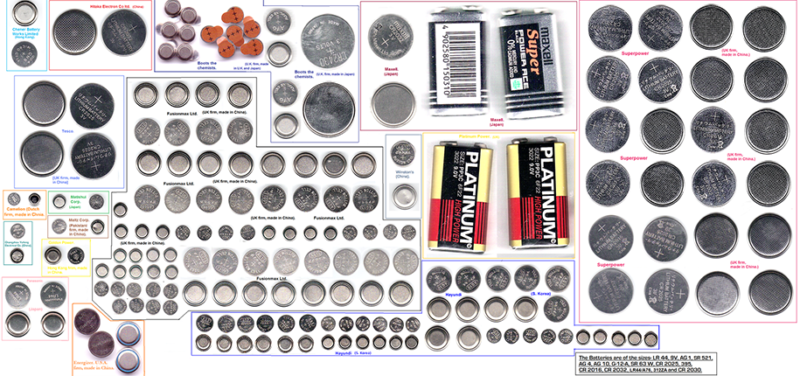
As a radiology resident, I learned how to recognize the difference between a button battery and a coin …on an x-ray film. Funny thing is, I’d never seen a button battery in real life! Where did kids find these button batteries to swallow? I figured they were coming from grandpa’s night stand where he kept spare batteries for his hearing aids. Then I had kids myself. My oldest is now 2 years old, and I have learned two important things:
I knew that button batteries were hiding in lots of household items such as hearing aids, key fobs, watches, and remotes for various electronics. However, the first time I met a button battery face to face was when I opened up the battery compartment of one of my son’s singing books to replace the battery. I couldn’t believe it! I would go on to discover button batteries in our thermometer, and I would later run in to them on the ground at a playground where they had presumably fallen out of a pocket or even someone’s light-up shoes.
I share this story because the holiday season is a wonderful time where lots of new toys and gadgets enter our homes, but parents should be aware that many of them may contain button batteries. In fact, toys are the second most common source for swallowed button batteries as reported to the National Battery Ingestion Hotline. Hearing aids are the most common source.

What’s the big deal with button batteries?
Button batteries are a big deal in the home because they can cause very serious or even fatal injury if swallowed by a child. If the battery gets stuck in the esophagus, the tube extending from the mouth to the stomach, it can cause a burn-like erosive injury to the esophagus. This can occur very rapidly, and even “dead” batteries have enough residual charge to cause injury. Symptoms of this injury may include vomiting, difficulty eating or drinking, cough, chest or abdominal pain, drooling, or abnormal breathing. Unfortunately, children often swallow a button battery when no one is watching. The only clue may be an empty battery compartment or missing battery.
What if I am worried that my child may have swallowed a button battery?
If you are concerned that your child may have swallowed a button battery, it is important to seek care emergently whether or not they have symptoms. Radiology plays an important role in the diagnosis and treatment of patients who may have swallowed a button battery. Button batteries have a unique appearance on x-rays that allow them to be quickly recognized by the radiologist. Once identified, your doctor will be able to treat your child as quickly as possible.
Contributed by Dr. Emily Orscheln and edited by Tony Dandino, RT(MR).

Featured image: Button batteries, Wipsenade at en.wikipedia [CC BY 3.0 (https://creativecommons.org/licenses/by/3.0)]